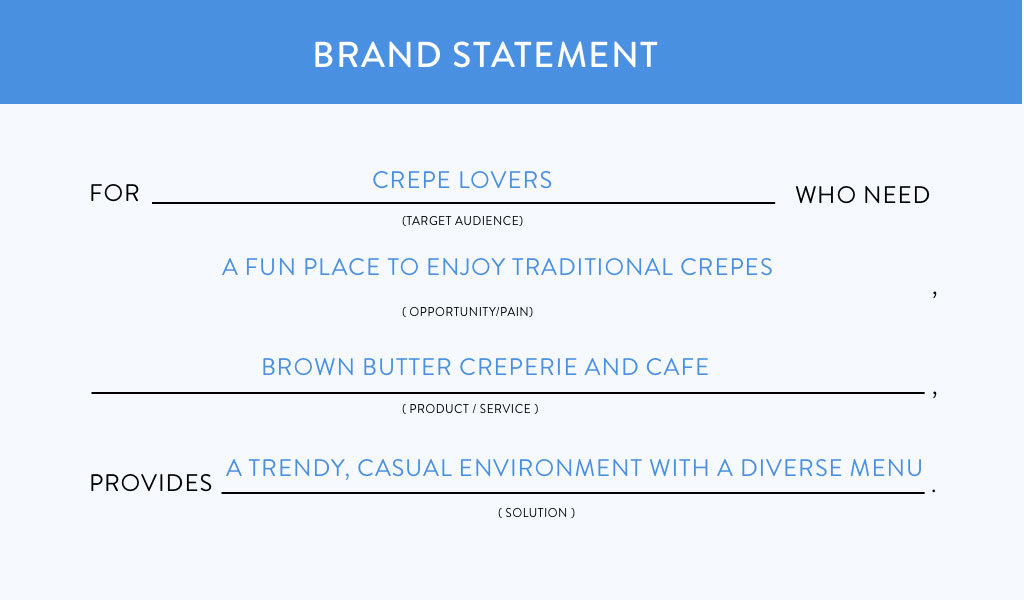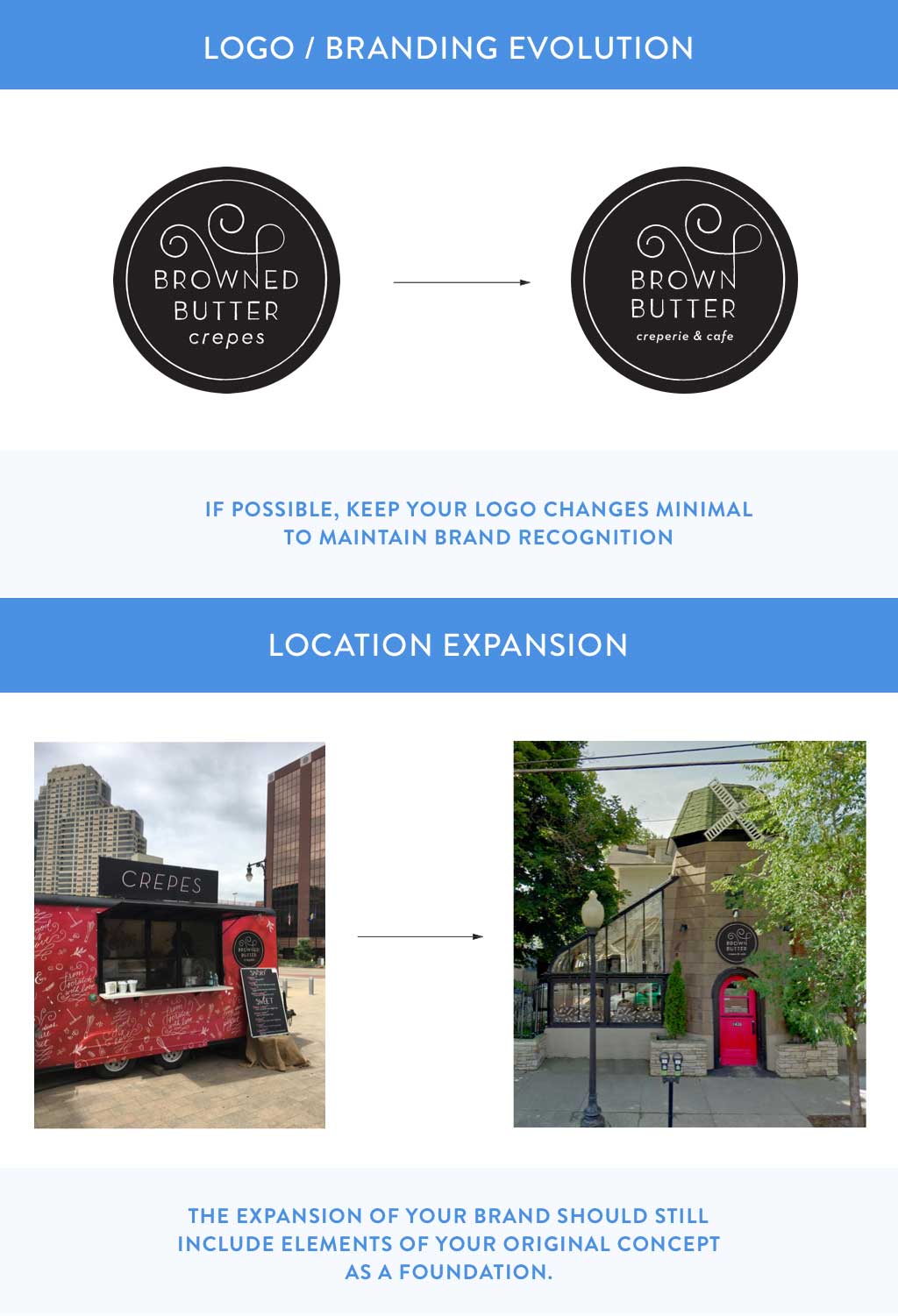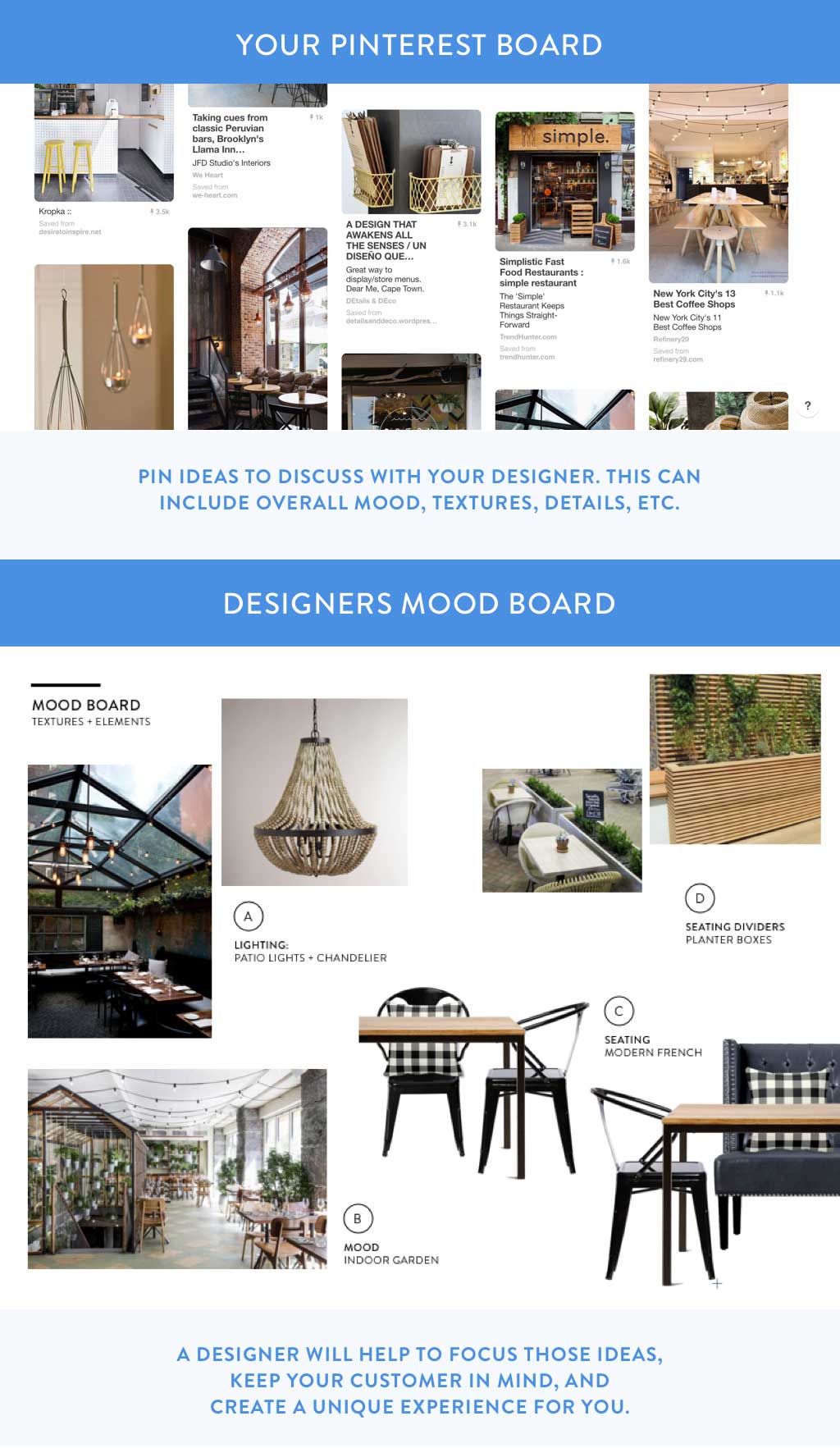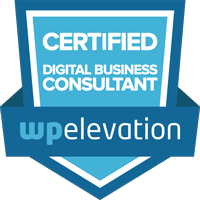The Pinterest Trap: How to focus your brand for retail design and beyond.
Without a doubt, Pinterest is a tool built to provoke ideas, facilitate collaboration and curate just about anything. At Fairly Modern, we use Pinterest not only to pull inspiration, but to collaborate with our clients gaining a better understanding of their vision and design direction.
The drawback of using a site like this is also the reason we are drawn to it: endless possibilities. So, before you get caught in the Pinterest trap, we’ve put together a checklist of what you should have prepared before you create another Pinterest board or meet with a designer.
Build a brand statement
While it’s easy to jump straight to aesthetics (that’s the fun part, we know!) it’s crucial to revisit your brand statement (or mission) as a reminder of who you are and what you have to offer customers. If you don’t have one – now’s the time. Referring back to your brand statement throughout the creative process will help keep you on track and reduce distraction. This is your foundation, so ask yourself – are you fulfilling that message with each decision you make?
Here’s a simple template to help create your brand statement:

Understand your customer
Aside from knowing who you are, understanding your customer and what they expect from your brand is central to any design strategy. A designer can help you walk through this process, but arriving prepared with answers to that question will help provide some direction and save dollars. One simple exercise is called a Persona.
A persona allows you to build brand empathy for your customers and develop a clear understanding of who the design is meant to excite and interest. Create a simple persona by generating descriptions of 3-5 existing customers as shown below. What is their age demographic? What do they like to purchase in your store? What kind of person are they? What behaviors do they exhibit?
Once the personas are complete, you can draw correlations and identify purchasing patterns between them. This helps identify any common behaviors to keep in mind such as: “Each of these customers order our famous strawberry pie.” As a result, you may make this more prominent in your brand message or find a unique way to market the pie.
These questions may seem irrelevant to the design process, but understanding who to design for is more important than your assumptions on how you think it should be designed. Much like a strong brand message, establishing common patterns help you stay focused and ensure design decisions are meeting the needs of your customer base.
Stay true to you
While it’s important to know who you are – it’s also good to know where you’d like to go. For example, maybe you started your business as a food truck and are ready for a brick and mortar location. You didn’t really think of how your brand would evolve, so now what?
Growth is exciting, but it’s important to maintain alignment with your brand’s original feel, that’s why people fell in love with it in the first place right? Keep in mind that a designer will advise against a full brand overhaul unless there is a need for it. A change in brand can be extremely expensive – think of every element that your logo is printed on that would need to change...yikes! You’ve already spent countless dollars and resources building a clientele, so consider how you can utilize what you already have to maintain consistency. Rest assured, a designer will know how to make subtle design changes that will maintain your identity and feel like an extension of your brand.

Browned Butter Crepes original concept by Jenn Maine Scogin
Get in the mood...for mood boards
For your initial meeting, a Pinterest board is a valuable tool to share with a designer. This allows the designer to gain a better understanding about what you like and dislike by asking specific questions related to the images. It can help streamline the discovery phase.
Let’s say you pinned an image of a french cafe and a modern kitchen. They may ask you questions like: “I see that you have some French influence and clean, modern lines...is that what you’re going for?” Your response could be “Yes, that’s exactly right” or “No, I actually just liked this faucet.” It really eliminates a ton of guess work and saves you money by quickly getting everyone on the same page.





